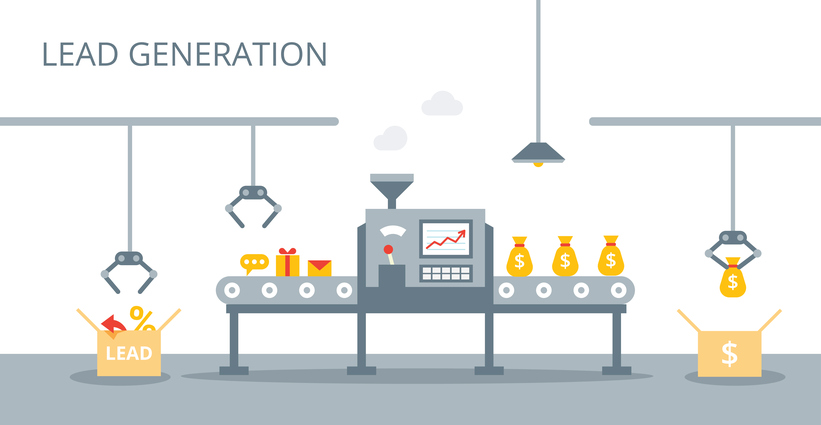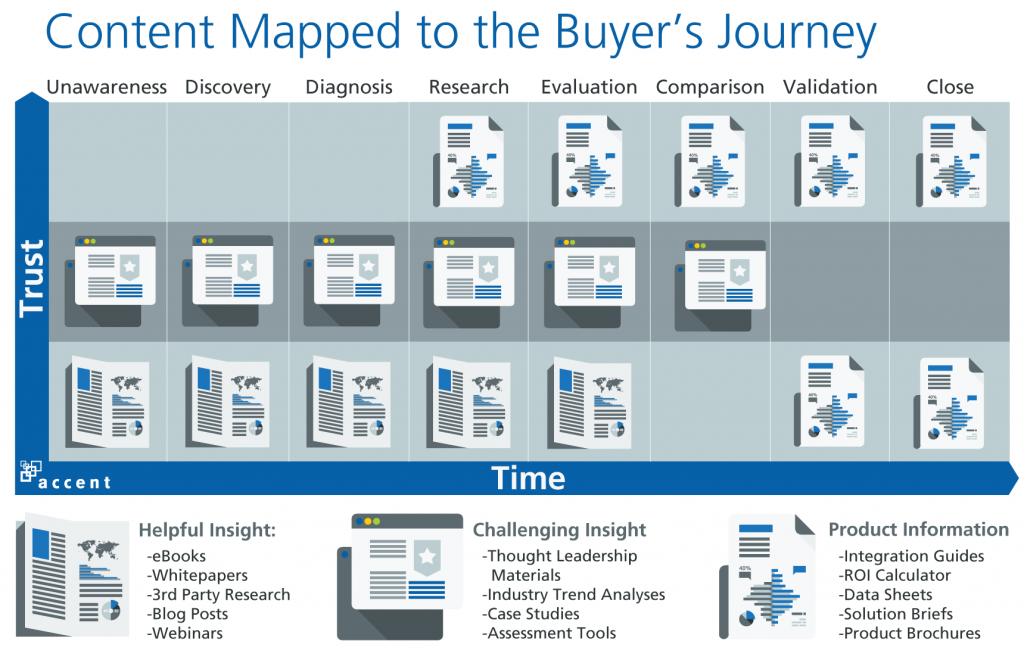Marketing and Sales as An Engineering Process: Building Repeatable ROI into Your Marketing Machine
Some view traditional marketing as an art, while others see it as a science – most describe it as a blend of both. However, it could be argued that marketing today has become more like an engineering process with predictable and repeatable results. Marketing as an engineering process?
Think about it. Engineering uses knowledge and principles to design, build and analyze processes. Thanks to new technology, today’s marketers have more data than ever. This information can be used to design and build effective marketing campaigns, and then analyze the results to hone future efforts. In fact, the term “marketing engineering” was coined to describe the process of using knowledge-based data in decision making.
Now, for all those marketers who see themselves as creative types, stop cringing! You may not want to be described as “engineers,” but stick with us here. If tools like CRM and marketing automation can provide valuable information to help you create marketing plans that get results, isn’t that a good thing?
Rethink the Funnel

If we’re going to view marketing as an engineering process, we must rethink the sales funnel. The traditional illustration of the sales process is a funnel, which suggests that people simply fall into the top and flow effortlessly through the phases (awareness, evaluation, decision) to the bottom (purchase, re-evaluation). In reality, the sales process rarely happens that smoothly – or that fast!
It’s more accurate to think of the sales process as a complex machine, with the following “parts” moving prospects along a conveyor belt toward a purchase:
- The Grabber – Prospects identify a need or problem and begin to conduct research. Studies show that 71% of B2B researchers start with a generic search, rather than searching for a particular company (Fronetics). Furthermore, B2B researchers do an average of 12 searches before engaging with a company. How will you grab their attention?
- The Immerser – While researching, they become aware of your company and the solution you provide. Once grabbed, immerse prospects in relevant, valuable information. The B2B buying process is becoming longer and more complex because 82% of buyers are using more sources to research and evaluate products and services, and they’re spending more time on the research phase itself (Fronetics). What information will you provide to keep them hooked?
- The Sorter – Based on the level of interest a prospect shows, they’re sorted into different bins, such as browsers, warm leads, sales qualified leads, etc. What system do you have for quickly following up on each type of prospect?
- The Differentiator – As they move closer to a buying decision, potential customers typically compare several options. What differentiates your company from the competition?
- The Closer – Finally, it’s time for a decision. Depending on the product, the negotiation process may take several months, during which, the prospect still needs to be nurtured. How will you ensure a sale?
- The Keeper – Existing customers are valuable and deserve to be treated with care. Instead of bubble wrap, use good account management and relevant content to protect and maintain these customers. Many B2B buyers go through a re-evaluation process after a sale. How do you nurture existing customers?
As a marketer, your goal is to create awareness and move prospects through this “machine” as smoothly and quickly as possible, using strategies, tools and tactics aimed at each stage in the “marketing as an engineering process.”
Oil the Machine
If you think of the time it takes for a prospect to become aware of your company, to the time he or she becomes a customer as the “velocity,” then one of your primary goals is to “reduce friction” along the way. (See, engineering isn’t so hard, right?)
Use great content to reduce friction.
At each stage of the marketing as an engineering process, the right content keeps prospects moving smoothly along the conveyor – because “content isn’t what it is, content is what it does!” For instance:
- Awareness-Grabber Phase: Provide content such as blog posts, ebooks, whitepapers, third-party research and webinars that help prospects find you. The question they’re asking is “Can you help me?” Cast yourself as an authority on the subject (without being promotional!) and build trust by offering free, helpful information.
- Consideration-Immerser Phase: Once grabbed, give your prospect content that further verifies that you’re an authority on the subject, along with proof that you’ve solved this problem before. Prospects are asking “What do you do?” and “Do you know what you’re doing?” Help prospects move smoothly to the next phase with thought leadership materials, industry trends/data that support your product/solution, and case studies. Again, this content is NOT promotional – it’s meant to continue building trust by providing useful information.
- Evaluate-Differentiator Phase: So, you’ve immersed prospects with valuable, relevant information and now you’re on their short list. But, what makes you the right choice? Do you offer the highest quality or best value? Can you prove that you’ve solved this problem successfully? Offer up case studies and assessment tools that help prospects make a decision.
- Purchase-Closer-Keeper: Now, is the time to get specific. Prospects want to know how much, how long and when? Continue to nurture customers once the sale is made with personalized emails, featuring industry trends, new product information, relevant whitepapers and incentives, which help maintain these valuable relationships.

Fix the Malfunctions
Engineers rely on good technology, coupled with know-how. The marketing as an engineering process is no different. Today, we have an abundance of tools to gather data, trend information, purchase patterns, and more. We can tell how prospects interact with our websites and specific pieces of content. However, unless we are using this information to make better decisions, what good is it?
Machines are regularly checked and maintained to ensure peak performance. In the same way, marketers should be using analytics to assess the performance of their strategies. By regularly monitoring the performance of your content marketing efforts and using marketing automation tools to their full advantage, you can identify the sticky-widgets in the system. For example, do you have enough content to build awareness? Is your website engaging prospects or sending them elsewhere? Which pieces of content are working the hardest and capturing their interest? Where are prospects falling off the conveyor belt?
The good news is, if you can find the malfunctions, you can fix them.
How Do I Get Started?
In the same way that an engineer first understands what the machine’s functions are by creating diagrams and throughput specifics, as a marketer, you need to start with a strategy. This Content Marketing Strategy identifies the “parts” and sets a plan to accomplish the purpose of the machine. Be sure to include your Key Performance Indicators (KPIs), and ultimately the ROI, in your strategy.
The result of your well-oiled marketing machine is a consistent and predictable stream of warmed-up leads ready to generate revenue over the long-term.
Jim Edwards is a Content Marketing Expert Speaker. To learn more, oontact JIm at jmedwards@sprypub.com.
